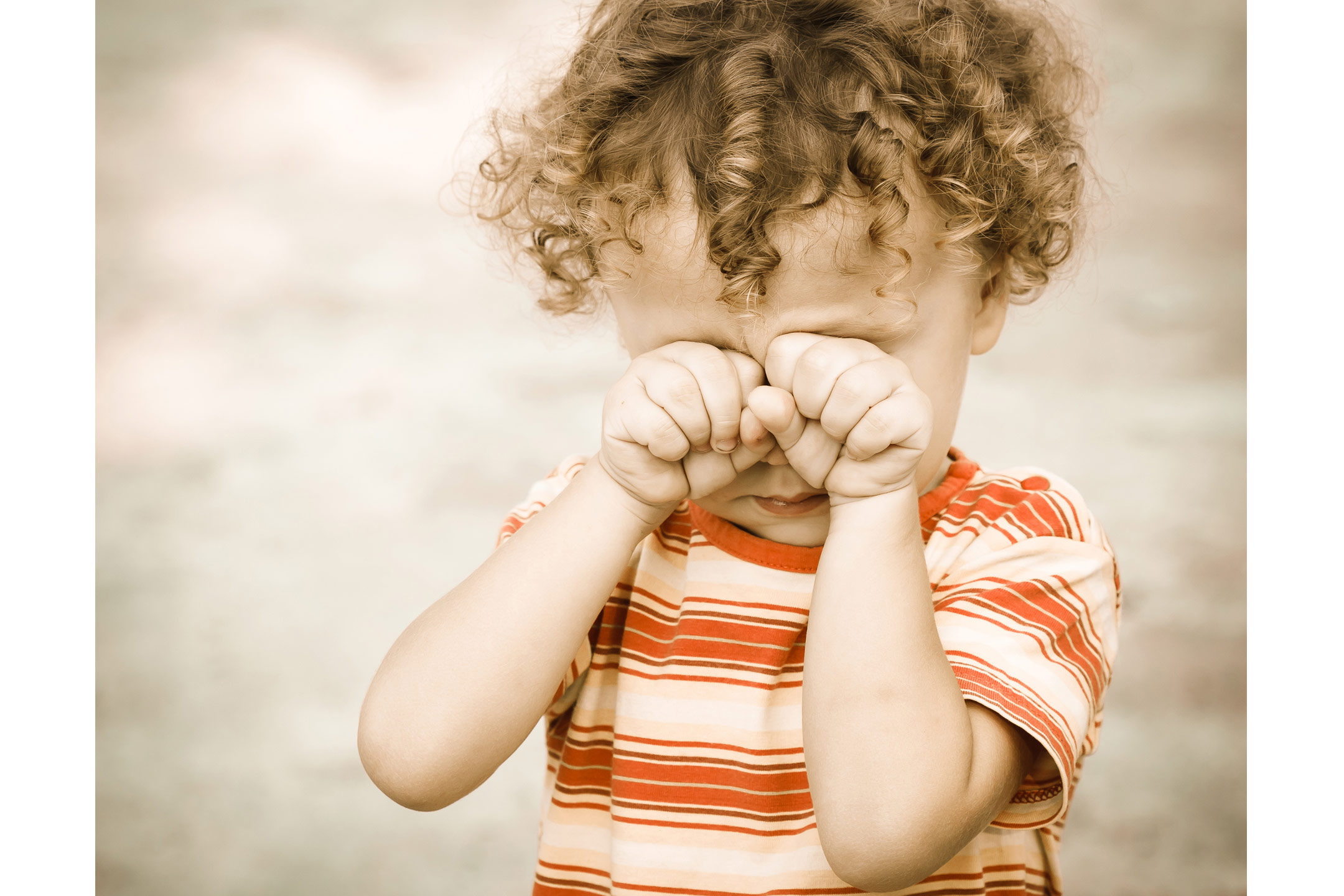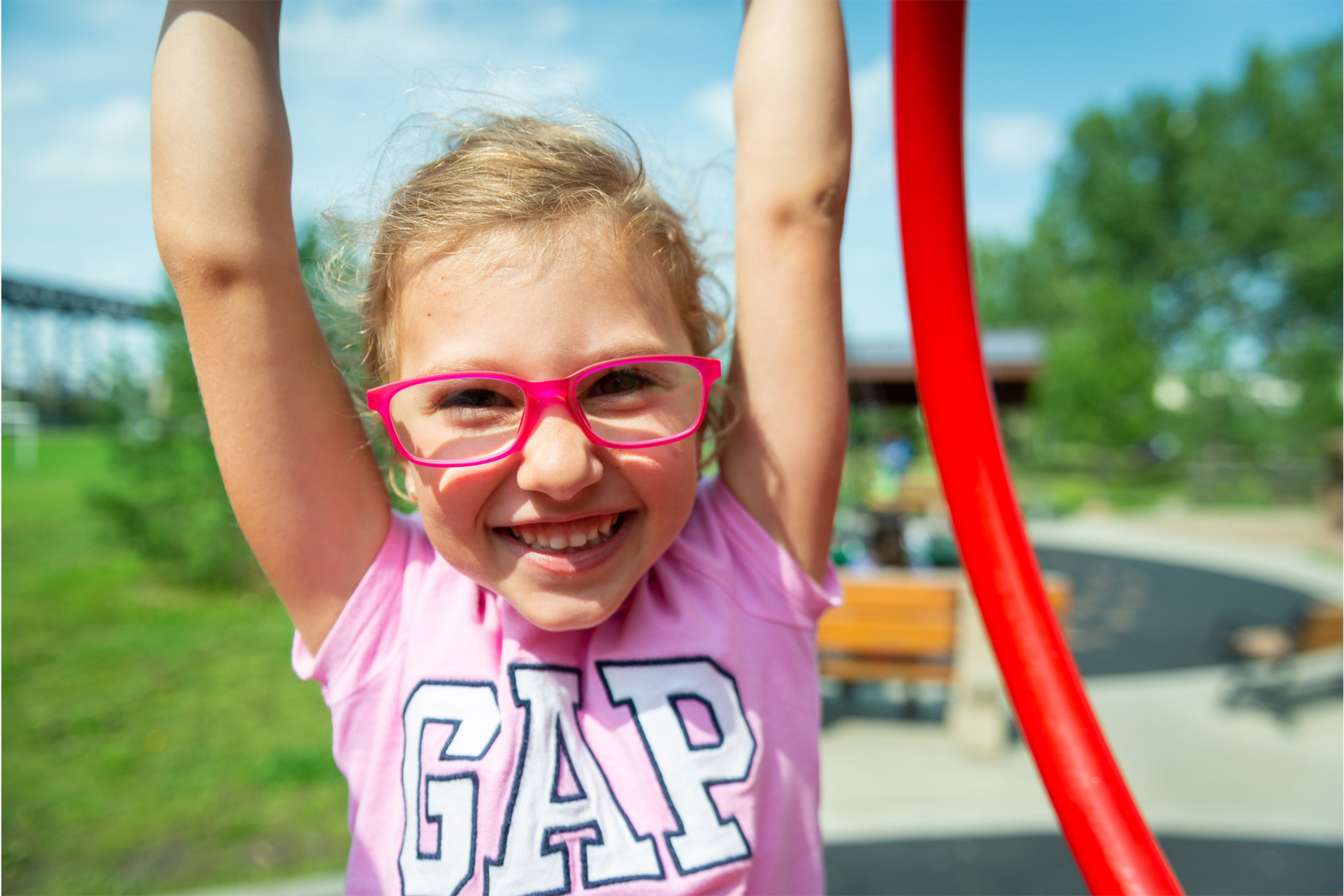
10 Oct Why is the eyesight of children steadily worsening?
One in three are children short-sighted, a study reports, so how can parents protect their child’s vision?
Children’s eyesight is steadily worsening, with one in three now suffering from short-sightedness, or myopia, according to a global study published in the British Journal of Ophthalmology. The study, involving over five million children and teenagers from 50 countries, reveals a troubling rise in myopia, which has tripled since 1990. The trend is expected to continue, with more than half of teens worldwide predicted to be affected by 2050.
The Impact of Covid Lockdowns and Modern Lifestyles
The researchers attribute some of the increase to the Covid-19 lockdowns, where children spent excessive time indoors on screens and less time outdoors. Short-sightedness was especially notable in regions with early schooling ages, such as Singapore and Hong Kong, where children begin their education as young as two, placing strain on developing eyes. Countries like Japan and South Korea now have some of the highest rates of myopia, affecting 85% and 73% of children, respectively. In contrast, countries like Paraguay and Uganda have much lower rates at around 1%.
What Causes Myopia?
While genetics play a role, environmental factors such as early and prolonged screen time and reduced outdoor activity are contributing to the myopia epidemic. Myopia occurs when the eyeball grows too long, causing blurry vision at a distance. Children may struggle to read words on whiteboards, sit close to screens, or experience headaches, all of which are signs of potential myopia.
Why Preventing Myopia Matters
High degrees of myopia increase the risk of serious eye diseases in adulthood, such as retinal detachment and macular disease. Although myopia cannot be cured, it can be managed. Special lenses, contact lenses, and even eye drops are now available to slow the condition’s progression, but they can be expensive and not widely accessible.
 Tips for Protecting Your Child’s Eyesight
Tips for Protecting Your Child’s Eyesight
Experts suggest several ways to protect and improve children’s eyesight. UK eye specialists recommend children spend at least two hours outdoors every day between the ages of seven and nine, as outdoor activities help relax the eye muscles and may slow the development of myopia. The combination of natural sunlight and focusing on distant objects outdoors plays a key role in eye health, though the exact mechanism is still being researched.
The 20/20/20 rule is also helpful: for every 20 minutes of screen or close-up work, children should look at something 20 feet away for 20 seconds to give their eyes a break. Additionally, parents should monitor reading habits, ensuring children keep a safe distance by using the “fist to elbow” rule—books and screens should be no closer than the distance between the child’s fist and elbow when resting their hand under their chin.
Routine Eye Exams Are Key
Routine eye exams, starting from age five, are essential for early detection and management of eye problems, even if no symptoms are apparent. Children should have their vision checked every two years or more frequently if issues are detected. Myopia often runs in families, so parents who are short-sighted should be particularly vigilant. Catching vision problems early can help prevent them from interfering with schoolwork and other activities.
Signs to Watch For
Parents should be alert for symptoms such as
- one squinting or rubbing the eyes
- headaches
- constantly moving close to watch the TV, double vision or appearing cross-eyed, losing their place when reading, such as skipping words or lines
- turning or tilting their head to see something straight ahead
- loss of interest in activities that require the use of sight
- poor eye-hand coordination
Looking Ahead
With myopia rates expected to climb sharply in the coming decades, experts stress the importance of protecting children’s eyesight early. While the highest levels of myopia are expected in Asia, other regions could see rates as high as 40% by 2050. By encouraging healthy eye habits and getting regular check-ups, parents can help safeguard their children’s vision for the future.




